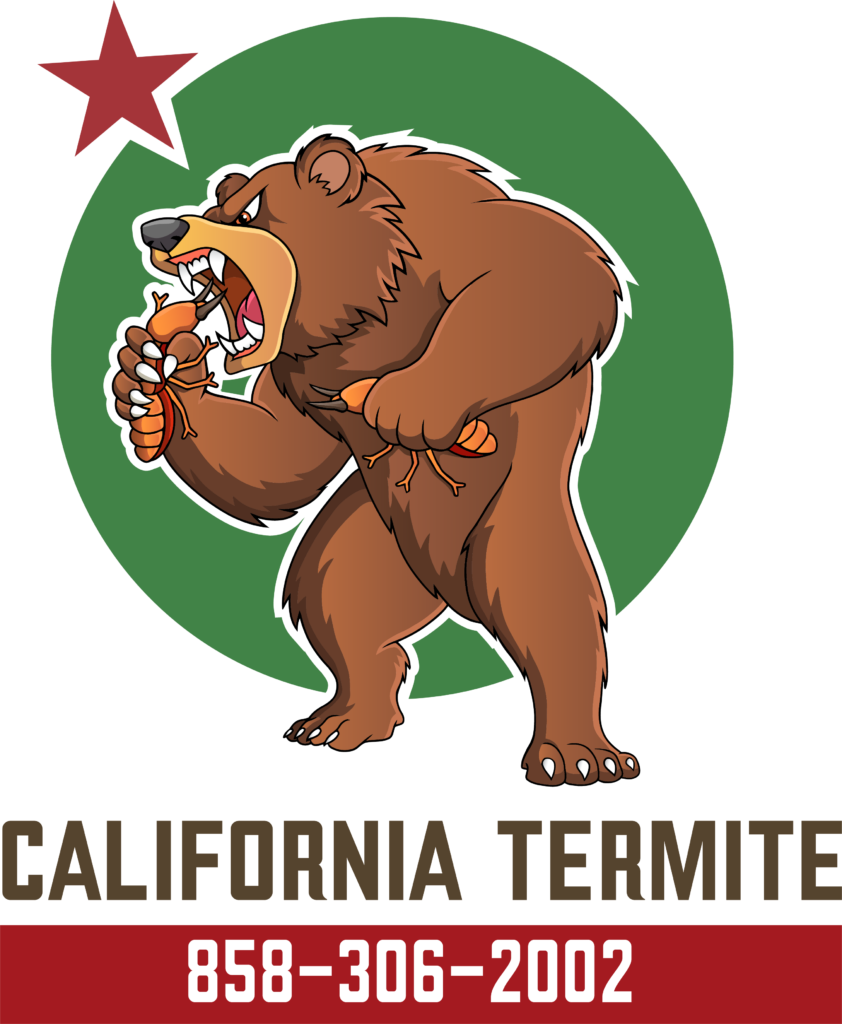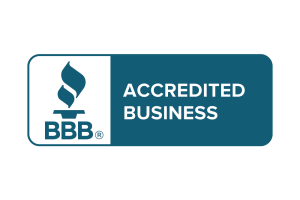Chemicals
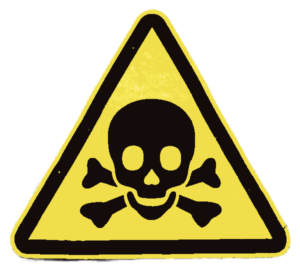 LD50, or Lethal Dose 50%
LD50, or Lethal Dose 50%
is a standard measure of toxicity for chemicals and pesticides. Developed by John Trevan in 1927, it has become a critical benchmark in the pest control industry. LD50 refers to the amount of a substance required to kill 50% of a test population, typically animals, under controlled conditions.
How Does LD50 Work?
The measure is expressed in milligrams of the substance per kilogram of body weight (mg/kg). A higher LD50 number indicates a less toxic substance, while a lower number means the substance is more toxic.
Examples of LD50 in Termite Control Chemicals:
Here are the LD50 values for three commonly used chemicals in termite treatments:
- Fipronil (Termidor): Used for localized and soil treatments.
- Acute oral LD50 in rats: 97 mg/kg
- Disodium Octaborate Tetrahydrate (Timbor or BoraCare): Used as a preventative.
- Acute oral LD50: 2550 mg/kg
- D-limonene (Orange Oil): Used in localized treatments.
- Acute oral LD50: 4400 mg/kg
Signal Words for Toxicity
To classify toxicity, pesticides are assigned one of three signal words based on their LD50 range:
- Danger: LD50 less than 50 mg/kg
- Warning: LD50 between 50 and 500 mg/kg
- Caution: LD50 between 500 and 5000 mg/kg
For example, the oral LD50 of Sulfuryl Fluoride (Vikane Gas) is 100 mg/kg, placing it in the “Warning” category. However, its inhalation LD50 is significantly higher, highlighting the importance of considering the route of exposure.
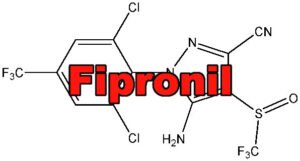 Fipronil
Fipronil
is a broad-spectrum insecticide that belongs to the phenylpyrazole chemical class. It is widely used in pest control to target a variety of pests, including termites, ants, fleas, ticks, cockroaches, and other insects. Its effectiveness, combined with its unique mode of action, makes it a common choice for structural pest control.
Key Characteristics:
- Mode of Action:
- Fipronil disrupts the central nervous system of insects by interfering with gamma-aminobutyric acid (GABA)-gated chloride channels. This leads to uncontrolled nerve activity, paralysis, and death.
- It is non-repellent, meaning pests do not detect its presence and continue to come into contact with treated surfaces.
- Broad-Spectrum Efficacy:
- Targets a wide range of pests, including wood-destroying termites, ants, fleas, ticks, and cockroaches.
- Often used in subterranean termite control as part of a soil treatment or bait system.
- Residual Effect:
- Fipronil has a long residual life, making it effective for extended periods. This is particularly beneficial in treating soil for subterranean termite prevention and control.
- Low Mammalian Toxicity:
- While highly toxic to insects, Fipronil has relatively low toxicity for mammals when used as directed. However, care should be taken as it can still be harmful if misused.
Uses:
- Termite Control:
- Applied as a liquid barrier treatment around the perimeter of a structure to treat subterranean termites, or injected into wood, to treat drywood termites.
- Effective in eliminating entire termite colonies due to its transfer effect. Termites exposed to Fipronil carry it back to their nest, spreading the chemical to other colony members.
- Ant Control:
- Commonly used in bait formulations for ants. Worker ants inadvertently transport Fipronil back to the colony, leading to widespread eradication.
- Flea and Tick Control:
- Found in pet products such as spot-on treatments and flea collars (e.g., Frontline®).
Safety and Environmental Considerations:
- Toxic to Non-Target Species:
- Fipronil is highly toxic to aquatic organisms, bees, and other beneficial insects. Proper application and adherence to label instructions are crucial to minimize environmental impact.
- Regulations:
- Some regions have restricted the use of Fipronil due to its environmental risks, particularly its impact on pollinators like bees.
 Disodium Octaborate Tetrahydrate (DOT)
Disodium Octaborate Tetrahydrate (DOT)
Disodium Octaborate Tetrahydrate (DOT) is a borate compound commonly used by pest control companies as a preventative against termite infestation and a wood preservative. It is a water-soluble, crystalline powder with the chemical formula Na₂B₈O₁₃·4H₂O. Here’s a breakdown of its characteristics and uses:
- Pest Control: DOT is effective against termites, carpenter ants, wood-boring beetles, and fungi that cause wood decay. It disrupts the metabolism of pests and prevents them from digesting cellulose.
- Wood Preservation: Protects untreated wood from decay, rot, and pest infestation. Commonly applied during construction.
- Fire Retardancy: Enhances the fire resistance of building materials, including wood and insulation.
- Safety: While DOT is environmentally friendly, applicators wear protective gear when handling it in enclosed spaces.
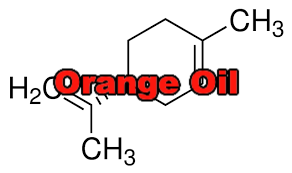 D-limonene (Orange Oil)
D-limonene (Orange Oil)
is a naturally occurring chemical compound found in the peels of citrus fruits such as oranges, lemons, and grapefruits. It belongs to a class of chemicals known as terpenes and is responsible for the distinctive citrus aroma of these fruits.
Key Characteristics of D-limonene:
- Chemical Formula: C₁₀H₁₆
- Appearance: Clear, colorless liquid
- Odor: Strong citrus scent
Pest Control Uses of D-limonene:
It acts as a natural insecticide and is used to repel or eliminate pests like ants, termites, and cockroaches. It is valued for being less toxic than many synthetic pesticides.
Contact Toxicity
When termites come into direct contact with d-limonene, it destroys their outer exoskeleton. This results in the loss of moisture and proteins, causing the termites to desiccate and die.
Respiratory Disruption
D-limonene can interfere with a termite’s respiratory system. Its strong, penetrating properties can clog the termite’s spiracles (tiny openings used for breathing), leading to suffocation.
Chemical Reaction
The compound breaks down cell membranes and damages vital organs within the termite’s body, leading to death shortly after exposure.
Benefits:
- Biodegradable and eco-friendly
- Pleasant aroma
- Low toxicity compared to synthetic alternatives
Treatment limitations:
D-limonene is a repellant, meaning foraging termites can taste and smell the substance and tend to avoid it. To be effective as a pesticide, termites must come into direct contact with the chemical for it to eliminate them.
D-limonene is biodegradable, so it breaks down more quickly and does not remain in the wood as long as chemical alternatives.
Safety Considerations:
D-limonene is flammable. It has a flash point of around 46–49°C (115–120°F), meaning it can ignite at relatively low temperatures when exposed to an open flame or spark in the presence of air. Its flammability is an important consideration when handling or storing it, especially in large quantities.
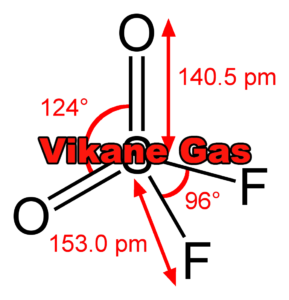 Sulfuryl Fluoride
Sulfuryl Fluoride
Sulfuryl Fluoride (commonly known by the brand name Vikane) is the gas used during fumigation. It is both odorless and invisible, which is why Chloropicrin, a tear gas, is added as a warning agent to help detect its presence.
Sulfuryl Fluoride kills termites by releasing fluoride into their bodies and disrupting their metabolism. Fluoride interferes with the metabolism of stored fats and carbohydrates, which are required for energy. Termites switch to processing proteins and amino acids for energy but the metabolic rate doesn’t increase enough and they perish.
According to its manufacturer, Dow Chemical, sulfuryl fluoride leaves no residues. This means there is no need to wash dishes, clothing, or bedding after fumigation.
The National Pesticide Information Center states that while sulfuryl fluoride can act as a greenhouse gas, it is practically non-reactive in the atmosphere. As a result, it is not expected to contribute to ozone depletion.
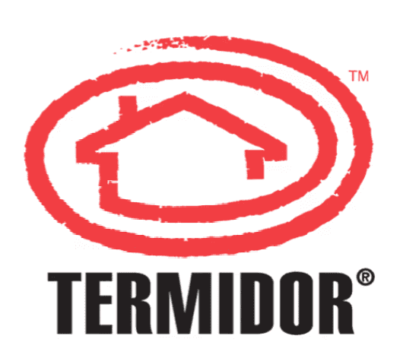 Termidor
Termidor
Termidor is a non-repellent termiticide, meaning termites cannot detect, taste, or avoid it. It effectively targets both drywood and subterranean termites—the two primary species found in San Diego.
When applied correctly, termites unknowingly ingest or come into contact with Termidor and spread it throughout the colony via the transfer effect. Since termites are social insects, workers not only chew wood but also feed and groom the queen and soldiers, ensuring the product is widely distributed. Even termites that don’t ingest Termidor can be affected through contact, making it highly effective in eliminating infestations.
For subterranean termites, Termidor binds to the soil, remaining effective even after rain or regular landscape irrigation. It also has a long-lasting residual effect—lasting up to ten years in wood and eight years in soil, according to the manufacturer.
Additionally, Termidor’s active ingredient is the same as what veterinarians recommend for flea and tick control in pets, making it a safe option for homes with animals.
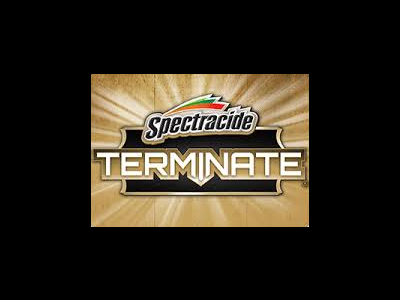 Spectracide Terminate Termite Killing Foam
Spectracide Terminate Termite Killing Foam
is a readily available product sold in big-box hardware and retail stores. The label highlights “Kills on Contact.” Its Safety Data Sheet (SDS) reveals that its odor is described as “solvent and pyrethroid,” and its toxicity signal word is Warning.
By contrast, Termidor, the industry standard used by professionals, is not available for over-the-counter purchase. It does not kill on contact, is odorless, and Caution is its toxicity signal word.
To the untrained eye, a product that “kills on contact” and has a strong odor might seem more effective. However, trained professionals understand that an effective termite treatment works best when termites carry the chemical back to their colony before dying. Additionally, if termites can smell or taste the substance, they will actively avoid it, reducing its effectiveness.
If homeowners are concerned about chemical exposure from professional treatments, they should consider this: Why apply a product themselves that is more toxic than what professionals use?
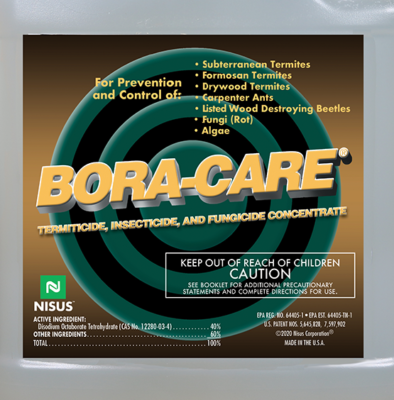 Bora-Care
Bora-Care
Bora-Care is a liquid borate wood treatment enhanced with glycol, allowing deeper penetration than traditional borate products. It was invented in 1987 by Bud Dietrich as a wood preservative for log homes and introduced to the pest control industry in 1989.
When mixed at a 1:1 ratio (product to water), Bora-Care serves as a remedial treatment, effectively eliminating termites in infested wood. Unlike other borate products, which are solely preventative and deter termite swarmers from establishing new colonies, Bora-Care can actively control an existing infestation. When diluted at a 5:1 ratio, it functions as a preventative treatment.
In addition to termites, Bora-Care is effective against wood-boring beetles, carpenter ants, and wood-decaying fungi, making it a versatile solution for long-term wood protection.

